Coin Releases
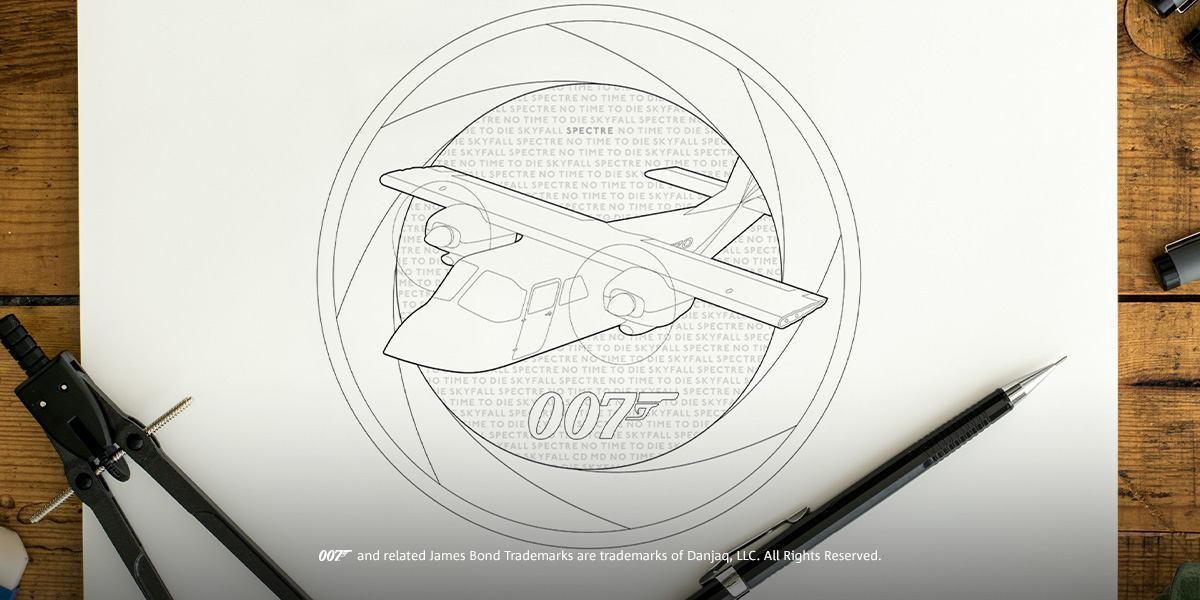
An Iconic Era of Bond
8th July 2024
An incredible decade of movies naturally necessitated an equally excellent coin design.
Discover 2010s Bond
Team GB and ParalympicsGB
2nd July 2024
We spoke with the visual designer to learn more about his work for the Team GB and ParalympicsGB 2024 UK Coin.
Meet the Maker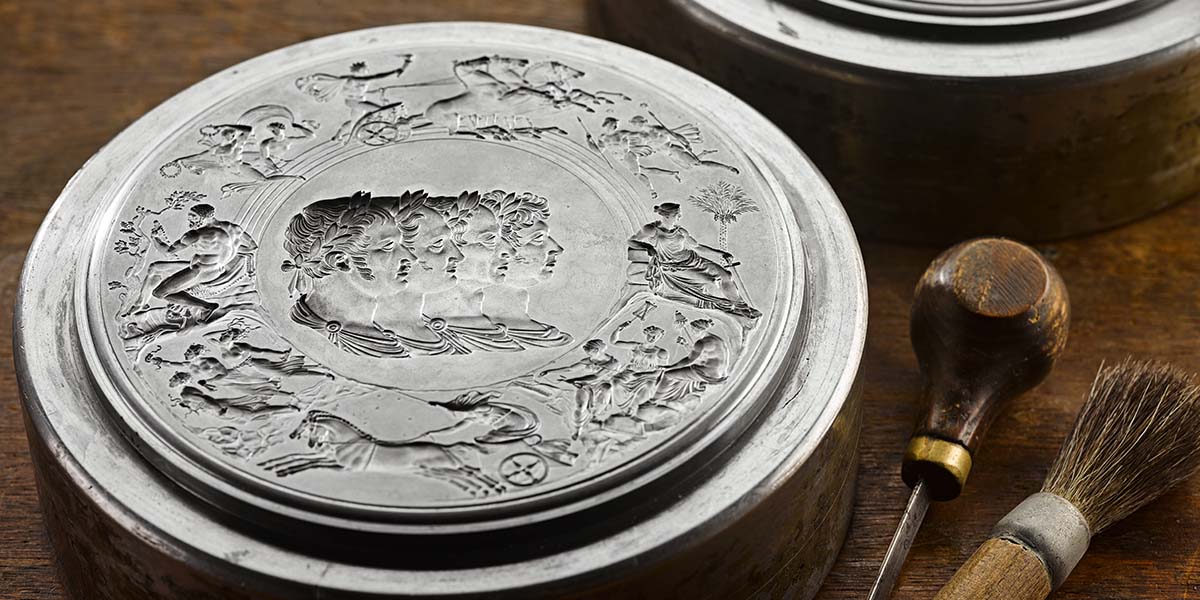
The Making of a Medallic Masterpiece
24th June 2024
A design imbued with intricacy and ornate detail, it is understandable how it could take an artist three decades to perfect.
Read about the Waterloo Medal
Engraved in History, Inscribed in Sand
20th May 2024
On 6 June 1944, a day now known as D-Day, Allied forces embarked on a monumental operation that would determine the course of history.
Honouring D-Day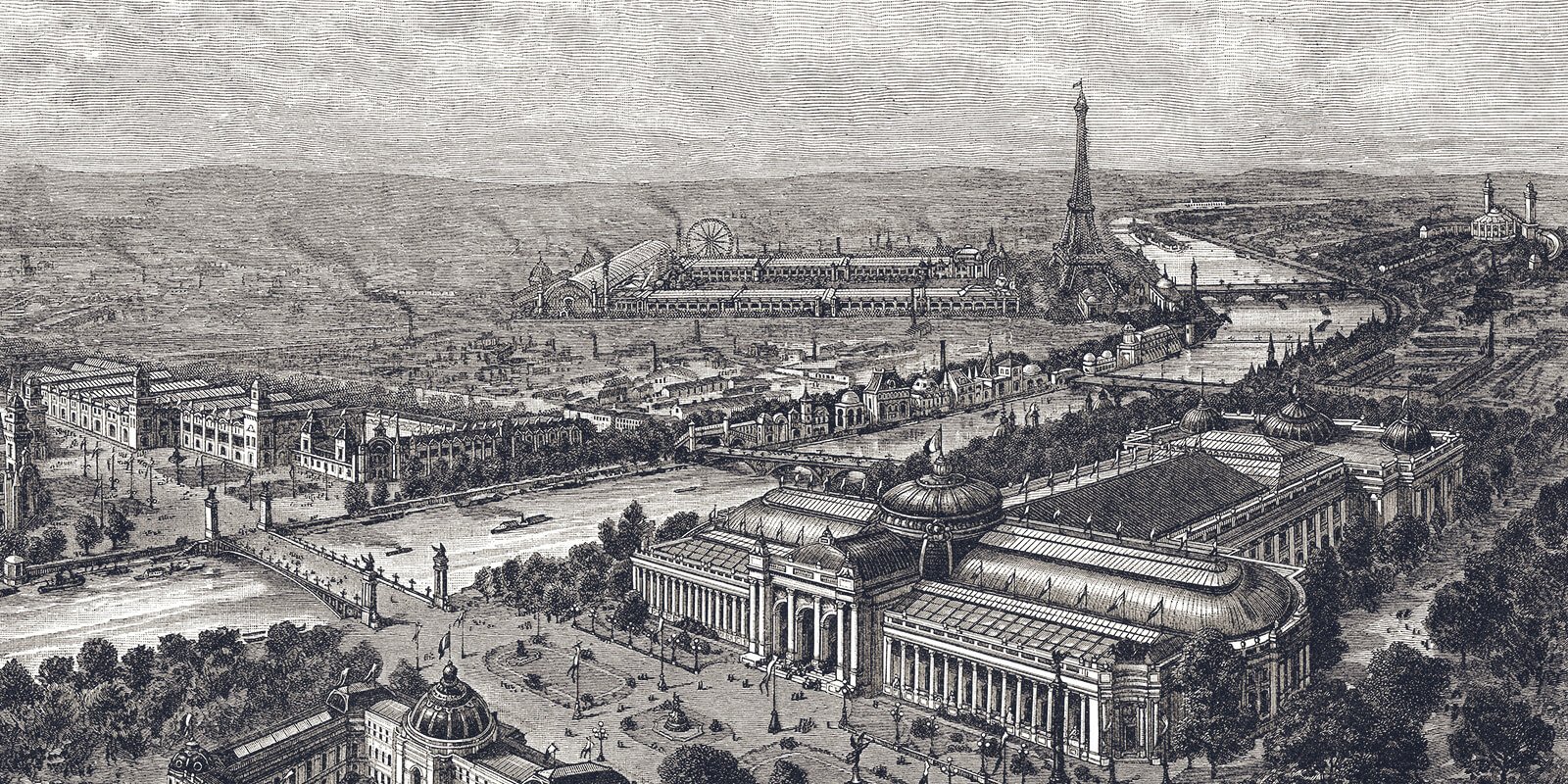
A Symbol of Paris
26th April 2024
Our City Views coin dedicated to Paris features a reverse design based on a wood engraving and lithograph produced in 1900 during the Belle Époque
Discover City Views Paris
Celebrating 200 years of the National Gallery
18th April 2024
In 2024, we proudly commemorate the National Gallery’s bicentenary with a commemorative coin featuring a reverse design by the talented designer, engraver and print maker Edwina Ellis. .
Discover The History Of The National Gallery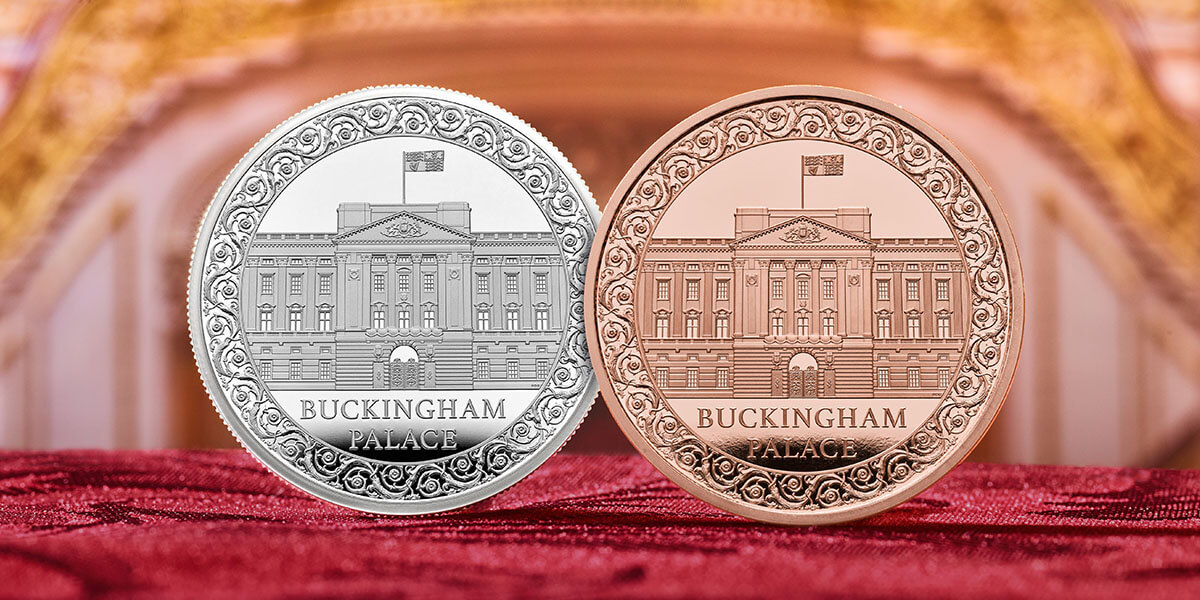
Crafting Royal Heritage
11th March 2024
For the past 300 years, Buckingham Palace has thrived and flourished under the masterful and creative contributions.
Behind The Buckingham Palace Design
An Ancient Symbol of Strength and Fortitude
8th March 2024
Britannia, a legendary figure and an iconic emblem in the numismatic world, has featured on British coins since the reign of Charles II.
Discover The History Of The National Gallery
Celebrating the Life and Legacy of George Michael
26th February 2024
One of the bestselling musicians of all time, George Michael was a truly groundbreaking singer, songwriter, producer and performer.
Discover The Legacy
RNLI: Saving Lives
5th February 2024
Since 1824, the Royal National Lifeboat Institution (RNLI) has saved more than 144,000 lives.
200 Years of Courage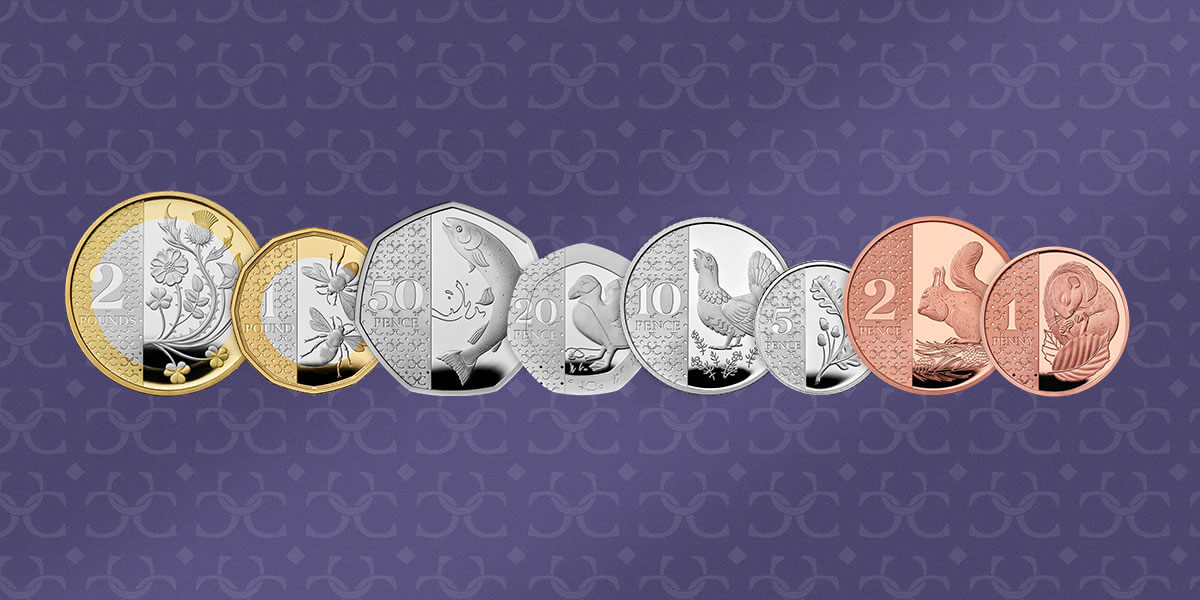
The New Definitive Coin Designs
2nd January 2024
Inspired by conservation and the natural world, the designs also pay tribute to the four nations of the UK.
Discover More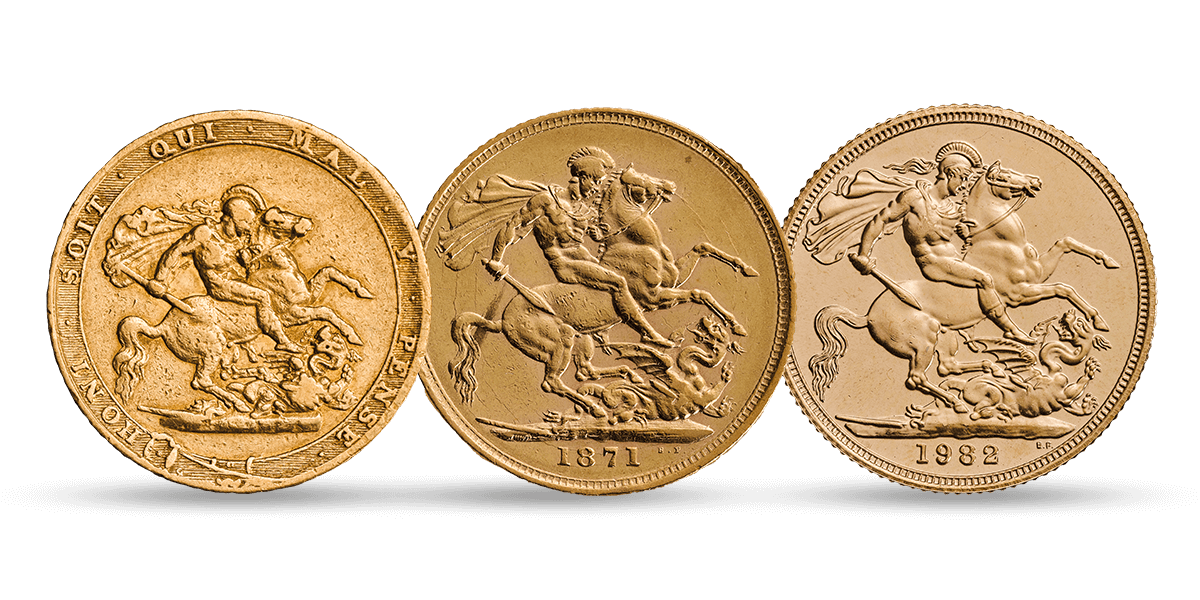
Significant Moments for The Sovereign
2nd November 2023
With an impressive history dating back to 1489, The Sovereign has become known as the ‘chief coin of the world’ because of its accuracy and reliability.
Discover More